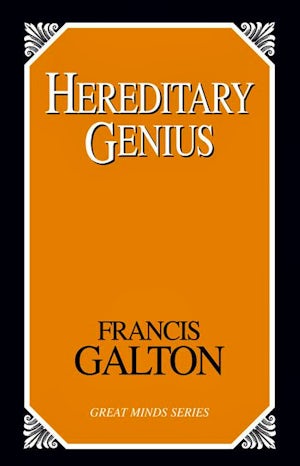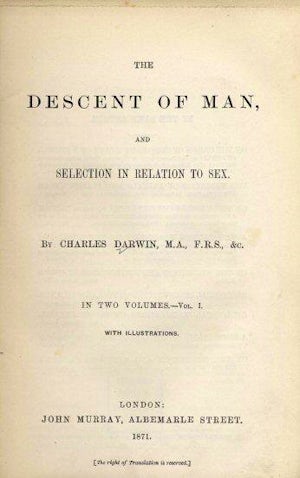July 18, 1950. The United Nations Educational, Scientific and Cultural Organization (UNESCO) publishes on "The Race Question". Motivated by historical tragedies rooted in race (e.g., the holocaust), UNESCO offers a statement about the scientific and moral concerns facing questions of race. The document can be, roughly, divided into five substantive parts. Summarized here are some of the notable points for each.
The first part of document largely deals with the scientific status of human population variation and race (Sec. 1-4, 7). It outlines that differences in physical variation are largely due to various genetic factors arising from divergent biological histories. It admits, however, that the term race does sometimes have scientific purchase. Variations distinguishing populations on the basis of certain genetic considerations can lead to three classifications of race: "Mongoliod, Negriod, Caucasoid". This classification is qualified, however, by noting that the biological processes governing this division are subject to change.
The second part of document addresses how people have tended mistakenly use the term race (Sec. 4-5). People tend to use the term race circularly: assuming that any group described as a race is a race. Various misuses of the term are then canvassed; for example, race as including religious, geographic, national, linguistic groups.
The third part of the document addresses questions about the influence of environmental and innate factors on human difference (Sec. 8-13). Concerns are raised about using intelligence as a way of classifying human populations into groups or explaining differences between groups (e.g., ethnic or cultural). It argues that measures of intelligence and group differences are more properly explained in terms of environmental factors than by appeal to innate capacities.
The fourth part of document deals with race as myth (Sec. 14). It argues that race is not a biological phenomenon but rather largely socially constructed. A social construction, moreover, that has been damaging and limited humanity's ability to thrive as whole.
The final part of document addresses the moral implications of the foregoing discussion. It makes two assertions: (1) that scientifically speaking there exists no deep divide between human populations and (2) that even if there were, this would not make a morally relevant difference, as equality is based on something else, e.g., social integration.
The "The Race Question", although the first of its kind from the international community, and followed by several subsequent similar statements (1951, 1978), received notable criticism when it first appeared. Criticisms about its statements on intelligence and its largely sociological bent were offered by a number of prominent thinkers of the time (e.g., Professors Hadley Cantril, E. G. Conklin, Gunnar Dahlberg , Julian S. Huxley).
In terms of its relation to the history of eugenics, the UNESCO statement on race stands as a puzzle. The document itself has statements that suggest differences in intelligence and physical traits are largely due to environmental influences. Yet these statements run counter to the often standard letter of eugenic legislation at the time. The Alberta sexual sterilization legislation, for example, attributed difference in mental abilities solely to genetic or hereditary factors. That nothing came out of such contradictory scientific understandings of race and intelligence, raises interesting questions about relative silence of the international community on eugenic policies and practices of the day.
-Luke Kersten
UNESCO. (1950). The Race Question. Retrieved from http://unesdoc.unesco.org/images/0012/001282/128291eo.pdf.
 1869:
Galton publishes Hereditary Genius
1869:
Galton publishes Hereditary Genius
 1871:
Charles Darwin publishes The Descent of Man
1871:
Charles Darwin publishes The Descent of Man